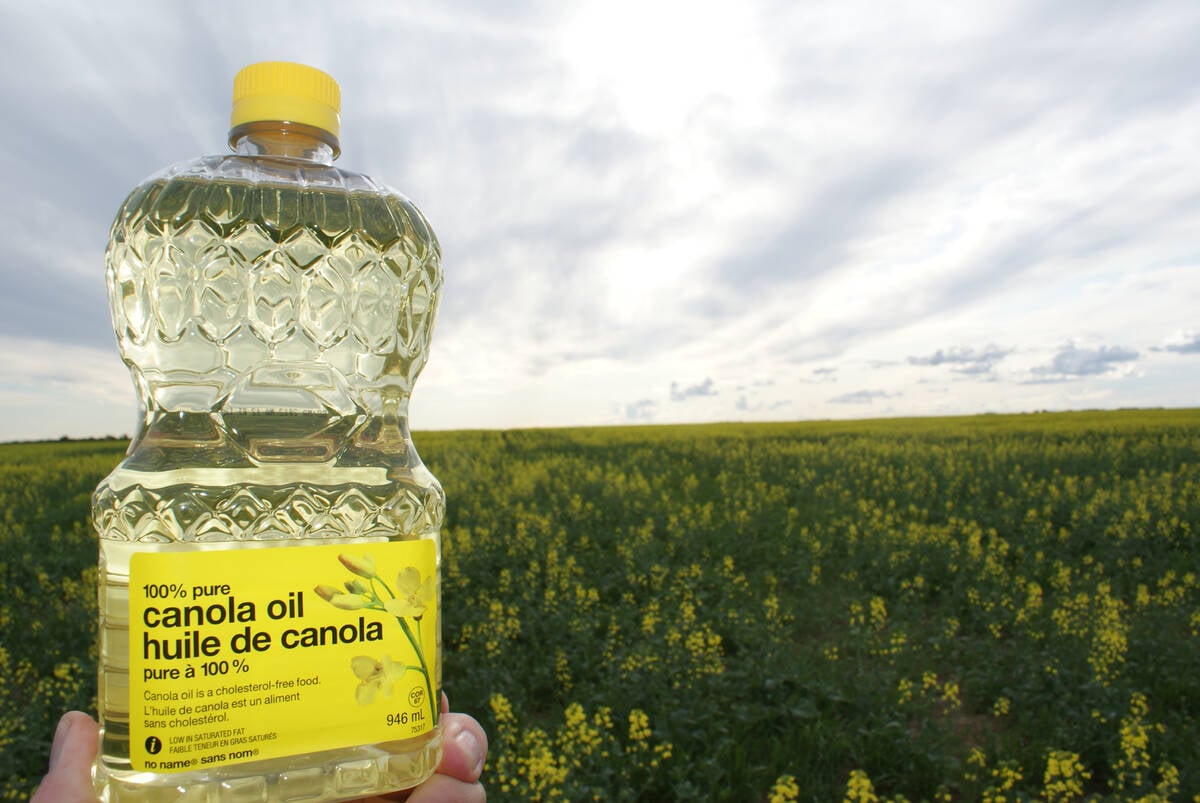Bob Anderson may be typical of a lot of farmers this year. As spring seeding approaches, he’s uncertain what his final crop mix will be.
He has a half section of land committed to canola and another half section earmarked for oats. He’s now leaning toward putting the rest of his land into wheat and flax.
“The only decision you have from me is indecision,” said Anderson, a certified seed grower at Dugald, Man.
“It’s one of those times when nothing is very good. My experience is that when nothing is very good, you do what you’ve been doing.”
Read Also

Rising vegetable oil demand may offset bad biofuel news
Global biodiesel/renewable diesel production is expected to decline for the first time in a decade. Bad timing for a canola industry looking for new markets.
A member of the Prairie Oat Growers Association, Anderson is not optimistic about the outlook for oats this year.
Analysts expect a large part of the 1998-99 crop to be carried over into the new crop year. And an abundance of coarse grains and American corn are also pressuring the price of oats.
“We may have found bottom,” said Anderson, “but I don’t think there’s much excitement over the next six months.”
Oat prices began to slide late last fall and continued a downward trend this winter. The price slump has prompted many Canadian oat growers to keep part of their crop in the bin. They hope to get better prices in the new crop year.
“Oats are not looking positive due to the large carryout stocks,” said Duncan McKinnon, a coarse grains analyst with Agriculture Canada. “The returns just aren’t going to be there.”
The current expectation is that seeded oat acreage in Canada will decline about five percent this year.
The anticipated carryover of oats can be traced back to a trend that spans much of this decade. Attractive prices prompted more acreage in Canada, but supply outstripped demand, triggering a gradual buildup of ending stocks.
The end stock projections for 1998-99 are higher than anything seen in the past two decades, said Mike Jubinville of Pro Farmer Canada.
Tough competition
Although part of Canada’s oat crop goes for human consumption, the bulk of it is still fed to livestock. Oats entering the feed market have to compete with other coarse grains and are closely linked to the value of corn on the Chicago futures market.
“After five years of relatively good oat prices, we are seeing values at the local elevator that have declined to probably the lowest level we’ve seen in maybe a dozen years,” Jubinville observed.
On the global front, strong cereal production has softened prices for feed grains. Some erosion of traditional markets in Asia has also crimped corn prices, dragging the value of oats down accordingly.
Another factor to watch is Scandinavia.
Although overall yields dipped there last year, there’s a good chance of recovery in 1999, McKinnon said. Heavily subsidized oats from Scandinavian countries tend to undermine American demand for Canadian oats.
McKinnon noted that Australia could become a country to watch as well. Australia hopes to snuff out a weed problem that has denied it access to the American oat market. If Australia gains that access in 1999, the effect on oat prices would be marginal, said McKinnon. However, once it has an established toehold, the land down under will likely crank up its efforts to get more oats into North America.
Of the oats grown for human consumption in Canada and the United States, more than 80 percent now comes from Manitoba and eastern Saskatchewan. Farmers hoping to tap into that market are advised to explore it thoroughly before increasing their oat acreage. It’s important to know what qualities prospective buyers are looking for and to discuss the merits of contract production.
Meanwhile, as spring seeding approaches, Anderson is preparing for another year where narrow margins are the norm. Part of his strategy is to keep a close watch on input costs.
“If we have a few breaks, we may do all right,” said the Dugald farmer.
“But it doesn’t look like anything too exciting on the horizon.”














